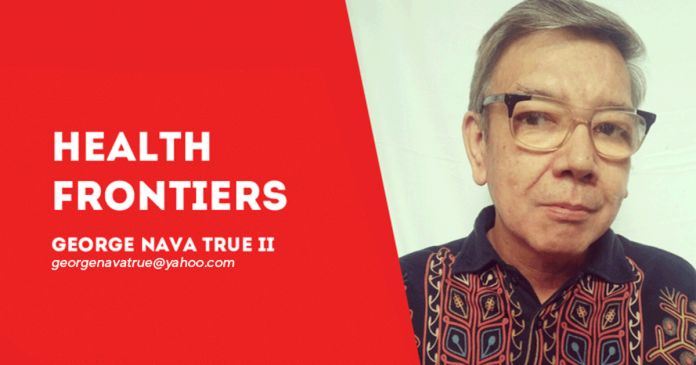
BY GEORGE NAVA TRUE II
HE SURVIVED criticism for the Manila hostage crisis in 2010 that left eight Hong Kong tourists dead. He was lambasted for his government’s slow response to Super Typhoon Haiyan (Yolanda) which killed 8,000 people when it hit the country in 2013. He drew criticism again in 2015 for the Mamasapano clash that led to the deaths of 44 members of the elite Special Action Force of the Philippine National Police and five civilians.
But Benigno “Noynoy” Aquino III was no match to renal disease, a condition that affects one Filipino every hour, according to the National Kidney and Transplant Institute. The family confirmed this is what killed the former president on June 24, 2021.
End-stage renal disease is also called end-stage kidney disease. This happens when a person has an advanced stage of chronic kidney disease or the gradual loss of kidney function.
The body’s garbage collector
The kidneys act like the body’s garbage collector. They get rid of wastes and excess fluids from your blood which exit the body via urine. When your kidneys fail to function properly, dangerous levels of fluid, electrolytes, and wastes form in the body.
At first, there may be no signs or symptoms. As the disease progresses to end-stage renal disease, the Mayo Clinic said the patient may experience the following:
* Changes in urination
* Chest pain (with fluid build-up in the heart)
* Fatigue
* Hypertension that’s hard to control
* Loss of appetite
* Muscle cramps
* Nausea
* Persistent itching
* Problems in sleeping
* Shortness of breath (with fluid build-up in the heart)
* Swollen feet and ankles
* Vomiting
* Weakness
Kidney disease is often triggered by a disease that damages the kidney after several months or years. The Mayo Clinic said these include:
* Diabetes
* Hypertension
* Glomerulonephritis (the inflammation of the kidney’s filtering units)
* Interstitial nephritis (the inflammation of the kidney’s tubules and surrounding structures)
* Polycystic kidney disease
* Prolonged obstruction of the urinary tract caused by an enlarged prostate, kidney stones, and some cancers
* Recurrent kidney infection
Who are at risk?
Risk factors for end-stage renal disease include:
* Being male
* Hypertension
* Kidney disease after a kidney transplant
* Uncontrolled diabetes
* Use of tobacco
* Those with kidney disease affecting the glomeruli, the structures in the kidneys that filter wastes from the blood
* Old age
* Polycystic kidney disease
* Tobacco use
Kidney damage can’t be reversed and complications that affect different parts of the body can occur if the condition is untreated. According to the Mayo Clinic, these include:
* Anemia
* Central nervous system damage (which can lead to personality changes or seizures)
* Decreased immune response (which can make one vulnerable to infections)
* Decreased sex drive
* End-stage renal disease (which requires lifetime dialysis or a kidney transplant)
* Erectile dysfunction
* Fluid retention (that causes swollen arms and legs, high blood pressure, or fluid in the lungs
* Heart and blood vessel disease
* High potassium levels in the blood that affect your heart
* Increased risk of bone fractures
* Pregnancy complications
While kidney damage can’t be reversed, you can slow its progress by doing the following:
* Avoid smoking
* Check your cholesterol levels yearly
* Control hypertension and diabetes
* Eat a balanced diet
* Exercise
* Lose weight if necessary
* See a doctor regularly
* Take your prescribed medicines
***
National Press Club and Philippine Dental Association awardee George N. True II has written two bestsellers based on his popular column which has been running for almost 40 years. For questions about health, email georgenavatrue@yahoo.com./PN

